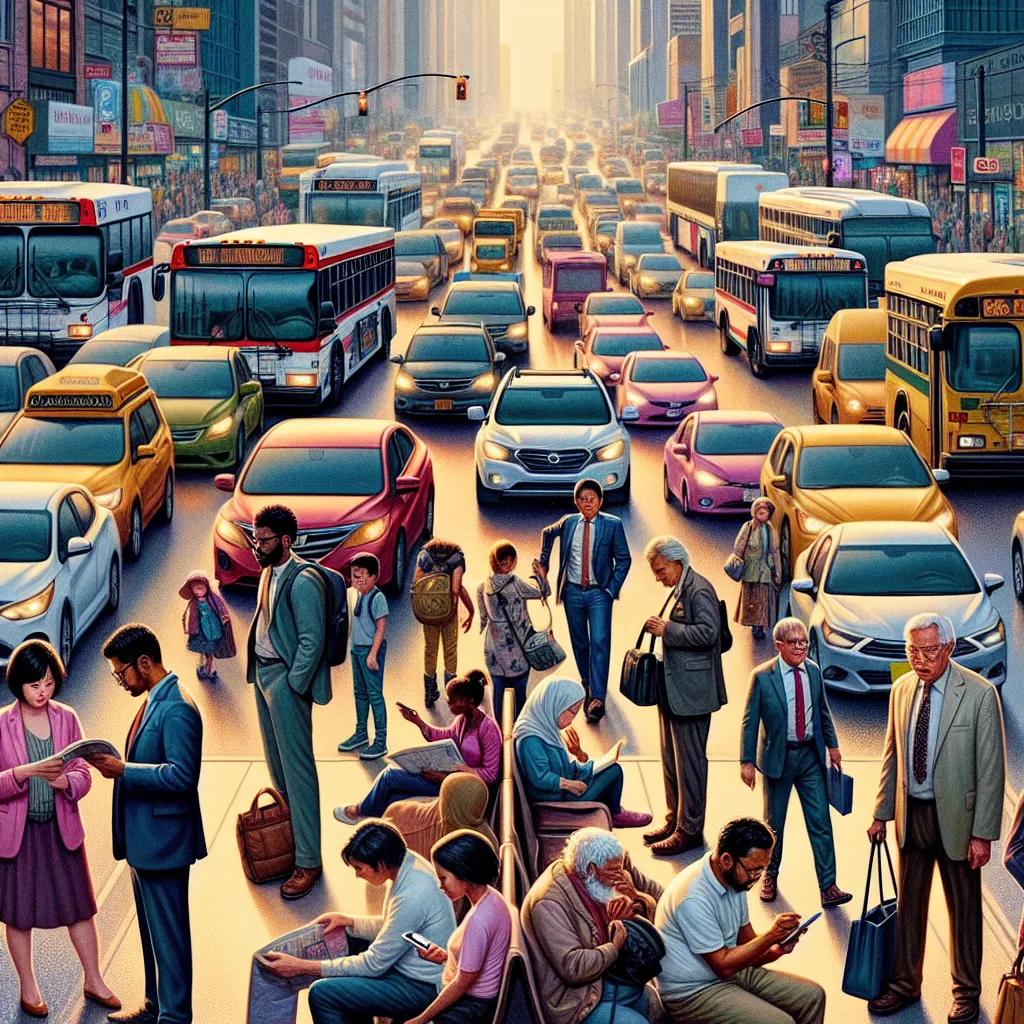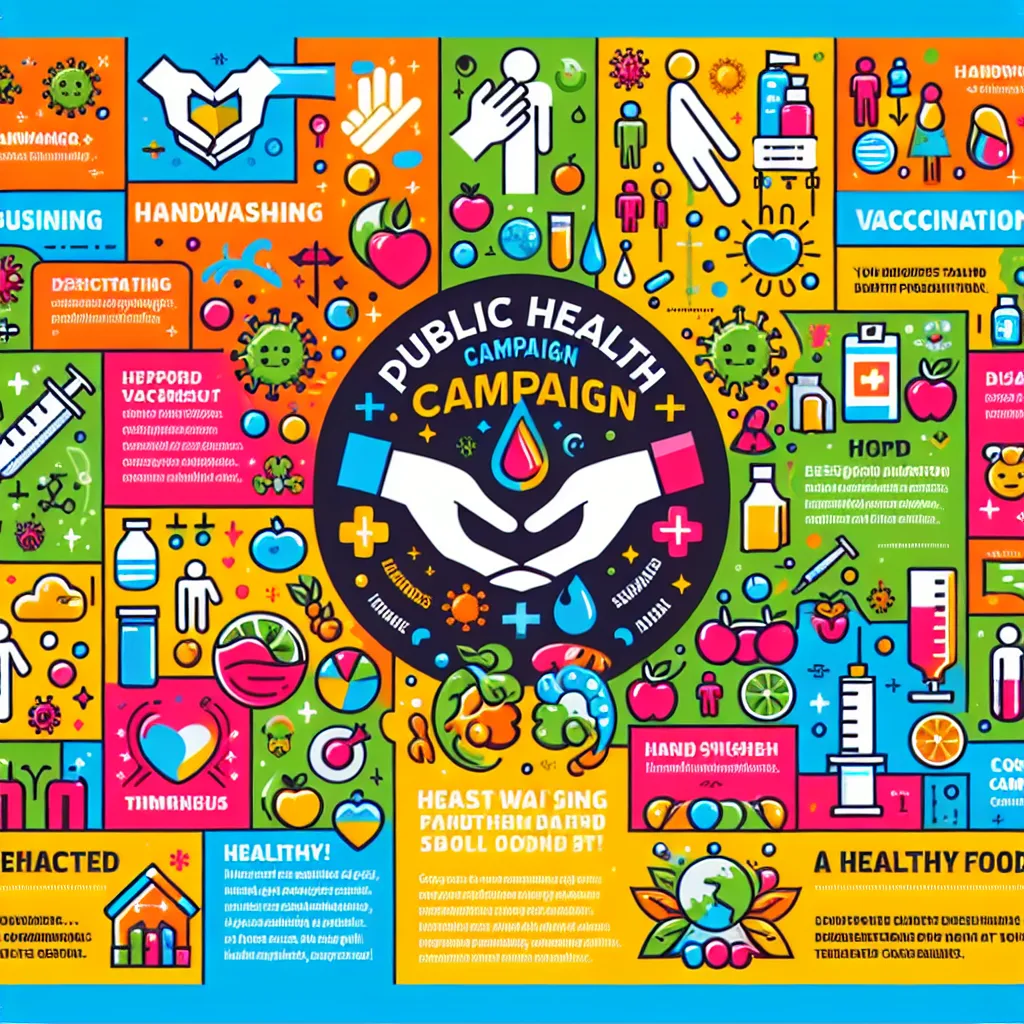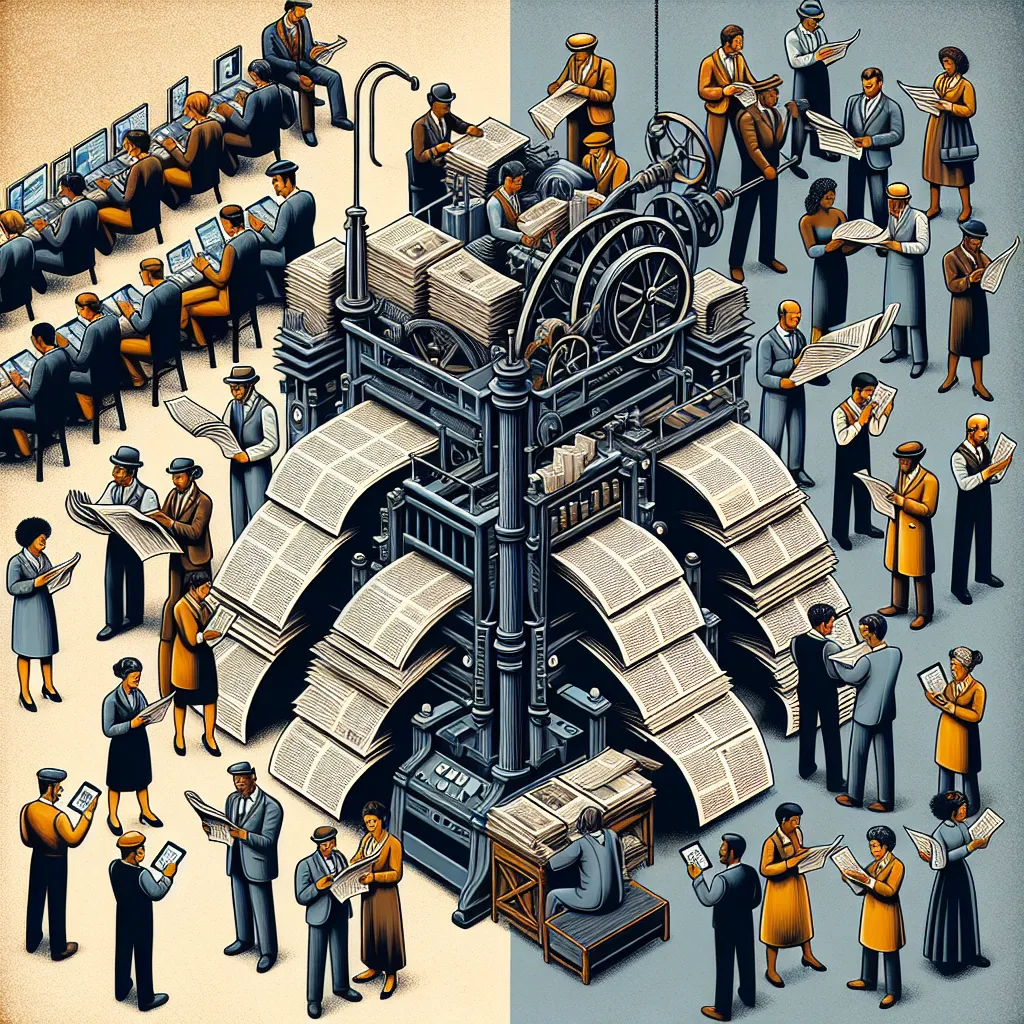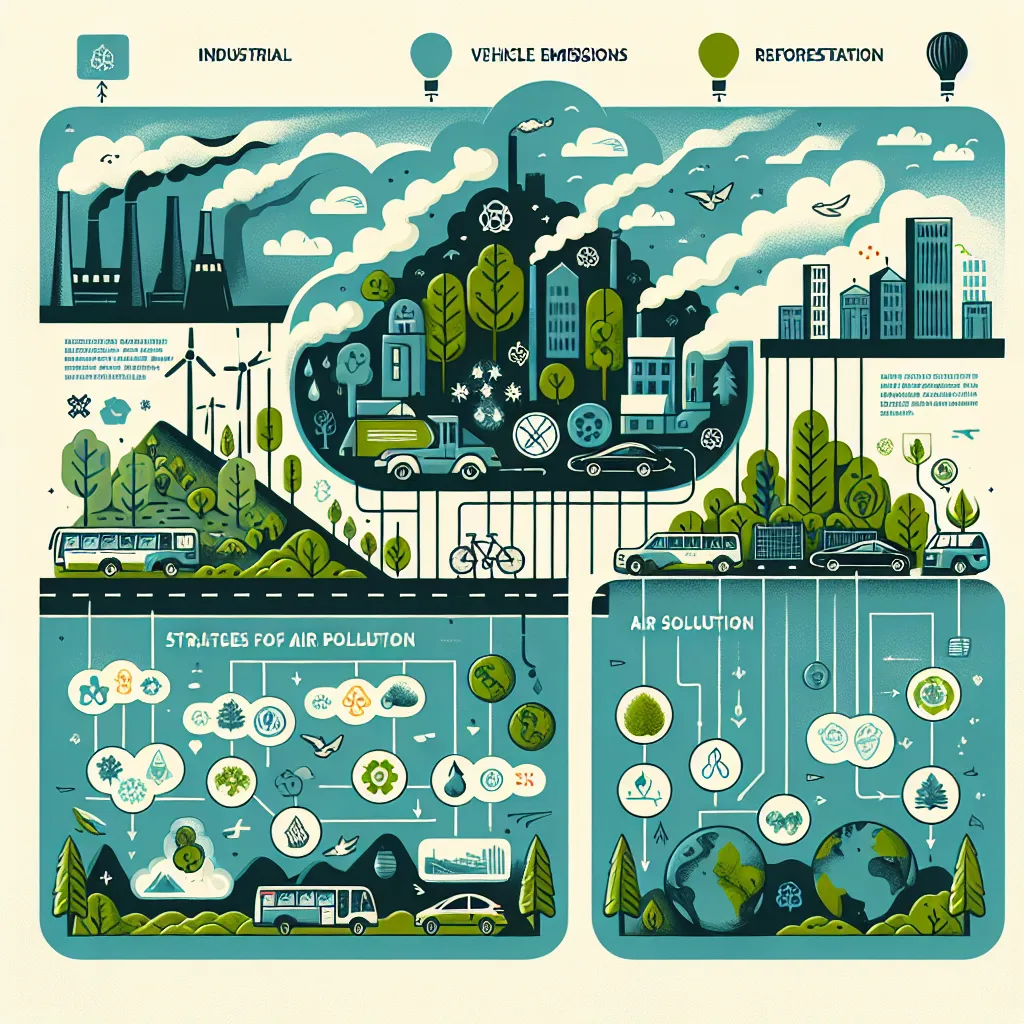Public transportation is a crucial topic in IELTS Writing Task 2, often appearing in questions related to urban development, environmental issues, and social policies. Understanding how to address the challenges of public transportation can significantly boost your performance in the exam. Let’s explore this topic through sample questions, model essays, and essential writing tips.
Nội dung bài viết
Analyzing the Topic
The challenges of public transportation have been a recurring theme in IELTS Writing Task 2, appearing in various forms over the years. Based on past exam trends and current global issues, we can expect this topic to remain relevant in future tests. Let’s examine a typical question that you might encounter:
Many cities around the world are facing increasing problems with traffic congestion. What do you think are the causes of this? What solutions can you suggest to improve the situation?
This question directly addresses the challenges of public transportation by focusing on traffic congestion, a major issue in urban areas. Let’s break down the question and provide sample essays for different band scores.
Question Analysis
The question consists of two parts:
- Identify the causes of traffic congestion in cities.
- Suggest solutions to improve the situation.
To excel in your response, you should:
- Discuss multiple causes of traffic congestion
- Propose realistic and effective solutions
- Use specific examples to support your points
- Maintain a clear structure throughout your essay
Sample Essays
Band 8-9 Essay
Traffic congestion has become a pervasive issue in metropolitan areas worldwide, significantly impacting the quality of life for urban dwellers. This essay will examine the root causes of this problem and propose viable solutions to alleviate the situation.
The primary causes of traffic congestion are multifaceted. Firstly, rapid urbanization has led to an influx of people into cities, resulting in an increased number of vehicles on the roads. For instance, megacities like Beijing and Mumbai have seen their populations double in the past few decades, with a corresponding surge in car ownership. Secondly, inadequate public transportation infrastructure often fails to meet the needs of growing urban populations, forcing many to rely on private vehicles. Cities like Los Angeles, known for its sprawling layout, exemplify this issue with limited public transit options.
To address these challenges, a multi-pronged approach is necessary. One effective solution is to invest heavily in public transportation systems. This could involve expanding subway networks, introducing bus rapid transit systems, and improving the frequency and reliability of existing services. For example, Singapore has successfully reduced traffic congestion by developing an extensive and efficient Mass Rapid Transit (MRT) system. Another crucial step is to implement smart traffic management systems using advanced technologies. Cities like Stockholm have employed adaptive traffic signal control and real-time traffic information systems to optimize traffic flow and reduce congestion.
Furthermore, encouraging alternative modes of transportation can significantly alleviate traffic issues. Promoting cycling through the development of dedicated bike lanes and bike-sharing programs, as seen in Copenhagen, can reduce the number of cars on the road. Additionally, implementing congestion pricing schemes, similar to London’s system, can discourage unnecessary car usage during peak hours and generate revenue for public transport improvements.
In conclusion, while traffic congestion poses significant challenges to urban areas, a combination of infrastructure investment, technological solutions, and policy measures can effectively address this issue. By prioritizing public transportation and embracing innovative approaches, cities can create more sustainable and efficient urban environments for their residents.
(Word count: 309)
Band 6-7 Essay
Traffic congestion is a big problem in many cities around the world. This essay will discuss the main reasons for this issue and suggest some ways to improve the situation.
One of the main causes of traffic congestion is the increasing number of cars on the roads. As people earn more money, they often buy cars, which leads to more vehicles in cities. Another reason is poor city planning. Many cities were not designed for so many cars, so the roads cannot handle the traffic.
To solve these problems, there are several things that can be done. Firstly, improving public transportation is very important. If buses and trains are better, more people will use them instead of driving. For example, some cities have added new subway lines to help people move around more easily. Secondly, encouraging people to use bicycles or walk for short trips can help reduce traffic. Cities can build more bike lanes and make walking paths safer.
Another solution is to use technology to manage traffic better. Some cities now use smart traffic lights that can change based on how many cars are on the road. This helps traffic flow more smoothly. Also, carpooling should be encouraged. When people share rides, there are fewer cars on the road.
In conclusion, traffic congestion is caused by too many cars and poor city planning. By improving public transport, encouraging alternative ways of traveling, and using new technology, cities can reduce traffic problems and make life better for their residents.
(Word count: 238)
 Public transportation challenges
Public transportation challenges
Writing Tips for This Topic
When addressing the challenges of public transportation in IELTS Writing Task 2, keep these tips in mind:
-
Use specific examples: Mention real cities and their transportation solutions to support your arguments.
-
Employ a range of vocabulary: Use synonyms and varied expressions related to transportation. For example:
- Traffic congestion: gridlock, bottlenecks, rush hour
- Public transportation: mass transit, public transit, commuter services
-
Utilize appropriate sentence structures:
- For higher band scores (8-9): Use complex sentences with multiple clauses.
Example: “While expanding road networks may seem like an obvious solution, it often leads to induced demand, ultimately exacerbating the problem rather than solving it.” - For mid-range band scores (6-7): Use a mix of simple and compound sentences.
Example: “Building more roads is not always the best solution. It can actually make traffic worse in the long run.”
- For higher band scores (8-9): Use complex sentences with multiple clauses.
-
Maintain coherence: Use linking words and phrases to connect your ideas smoothly.
- Higher band scores: “Furthermore,” “Consequently,” “Notwithstanding”
- Mid-range band scores: “Also,” “Because of this,” “However”
-
Address both parts of the question: Ensure you discuss both causes and solutions in balanced detail.
-
Develop your ideas: Don’t just list points; explain them fully with reasons and examples.
Key Vocabulary for Public Transportation Essays
-
Congestion (noun) /kənˈdʒestʃən/ – overcrowding or clogging
Example: Traffic congestion is a major problem in urban areas. -
Infrastructure (noun) /ˈɪnfrəstrʌktʃə(r)/ – basic physical structures needed for society to operate
Example: Many cities need to improve their transportation infrastructure. -
Sustainable (adjective) /səˈsteɪnəbl/ – able to be maintained at a certain level
Example: Cities are looking for sustainable transportation solutions. -
Commute (verb/noun) /kəˈmjuːt/ – to travel regularly to and from work
Example: Long commutes can significantly reduce quality of life. -
Gridlock (noun) /ˈɡrɪdlɒk/ – a traffic jam in which no vehicle can move
Example: The city center often experiences gridlock during rush hours. -
Emissions (noun) /ɪˈmɪʃn/ – the production and discharge of something, especially gas or radiation
Example: Reducing vehicle emissions is crucial for improving air quality. -
Urbanization (noun) /ˌɜːbənaɪˈzeɪʃn/ – the process of making an area more urban
Example: Rapid urbanization has led to increased pressure on public transportation systems.
Conclusion
Addressing the challenges of public transportation is a complex topic that requires careful consideration of multiple factors. By understanding the causes of these challenges and proposing effective solutions, you can craft a compelling IELTS Writing Task 2 essay. Remember to practice writing essays on this topic, focusing on clear structure, relevant examples, and appropriate vocabulary.
For further practice, consider writing essays on related topics such as:
- The environmental impact of different transportation modes
- The role of government in improving public transportation
- The future of urban mobility and smart cities
We encourage you to write your own essay on the question provided in this article and share it in the comments section below. This practice will help you refine your writing skills and prepare effectively for the IELTS exam. Good luck with your IELTS preparation!
To explore more IELTS Writing Task 2 topics, check out our articles on how to address the challenges of urbanization and how to promote sustainable transportation solutions.


